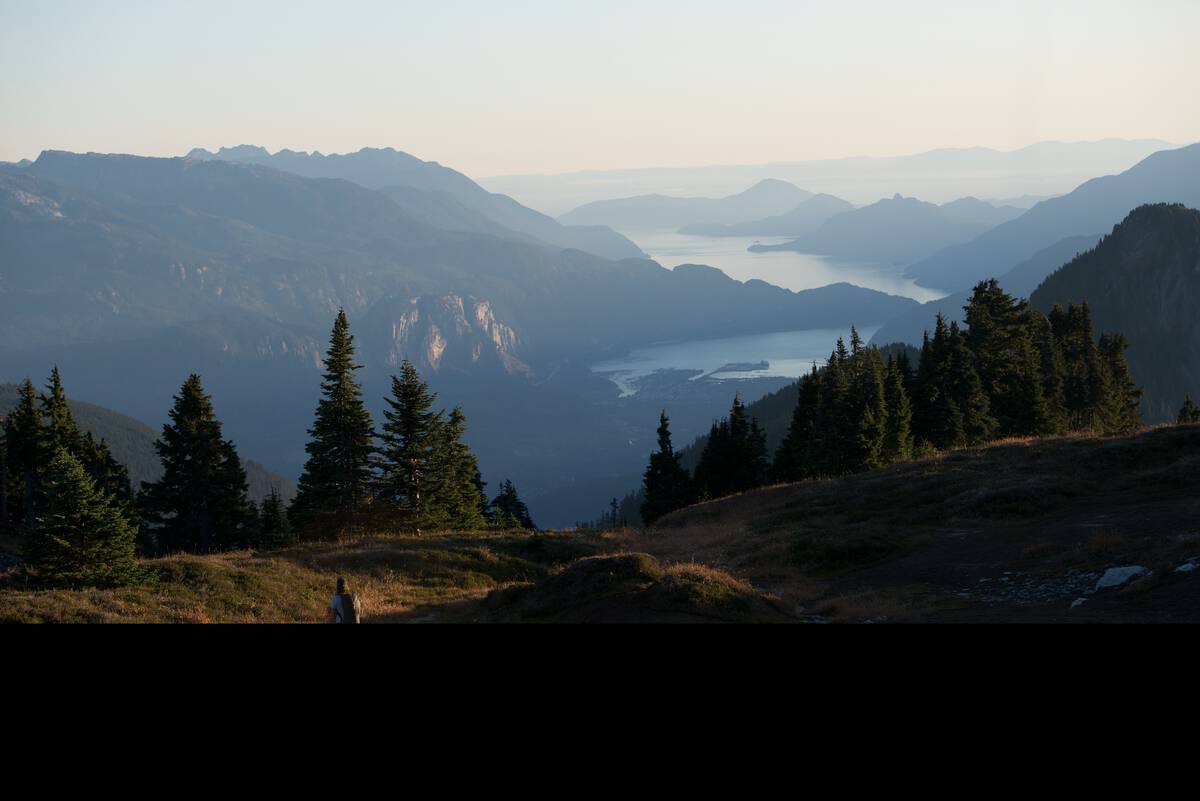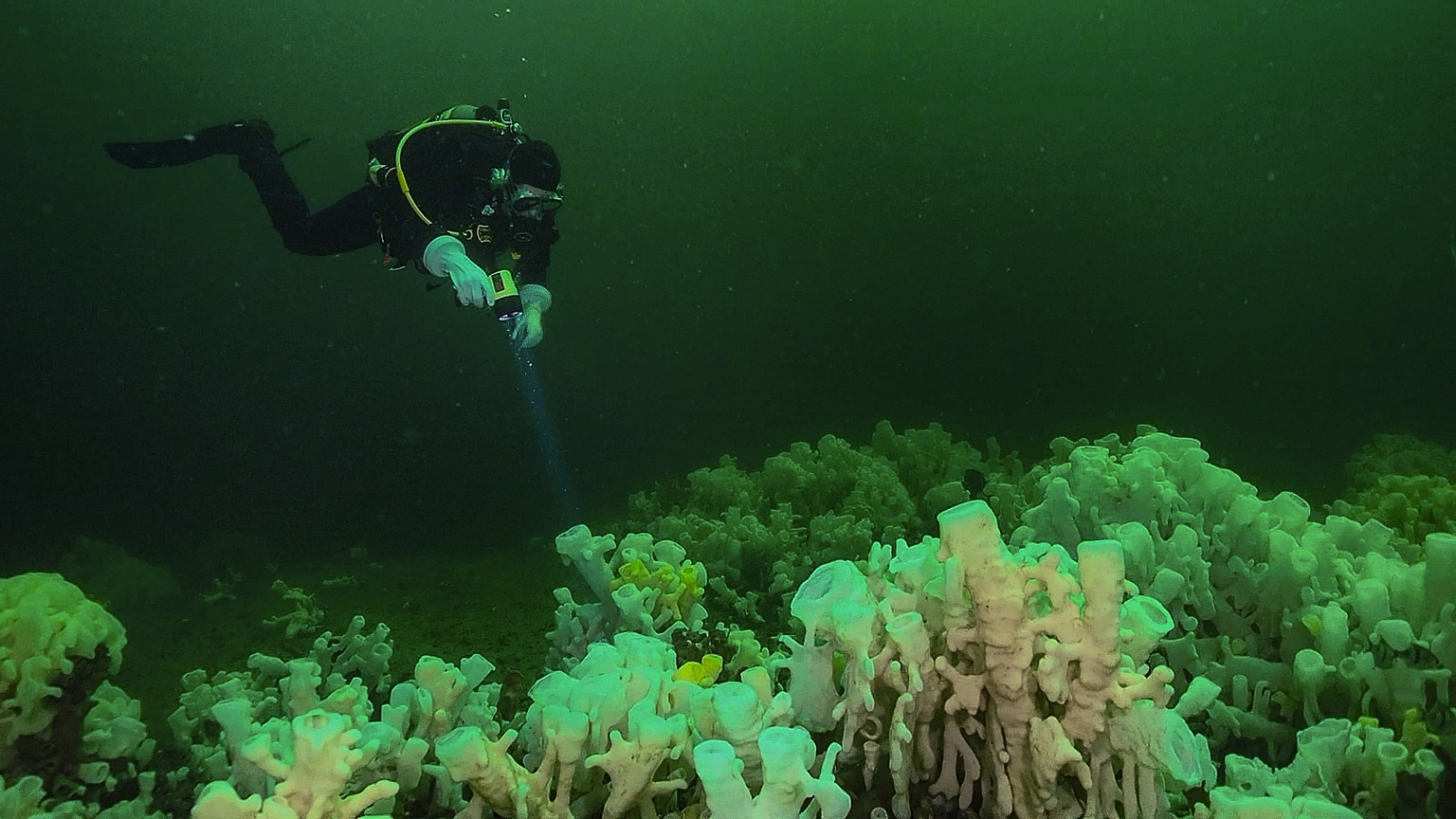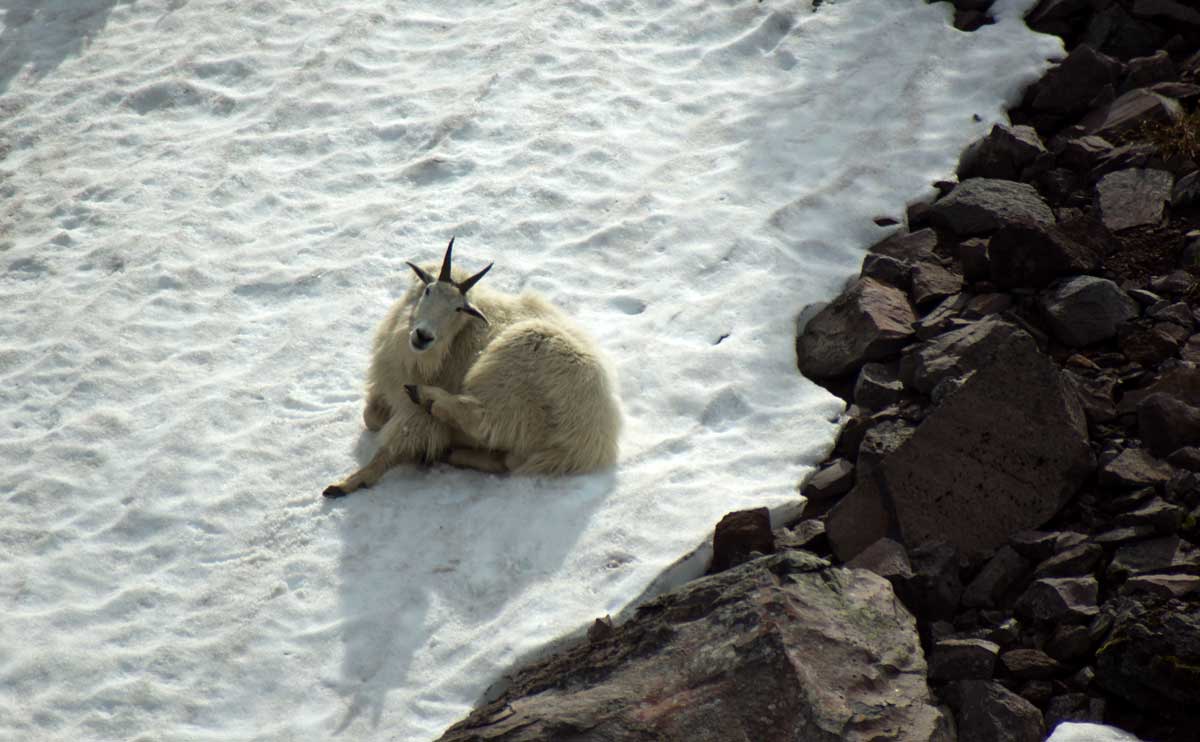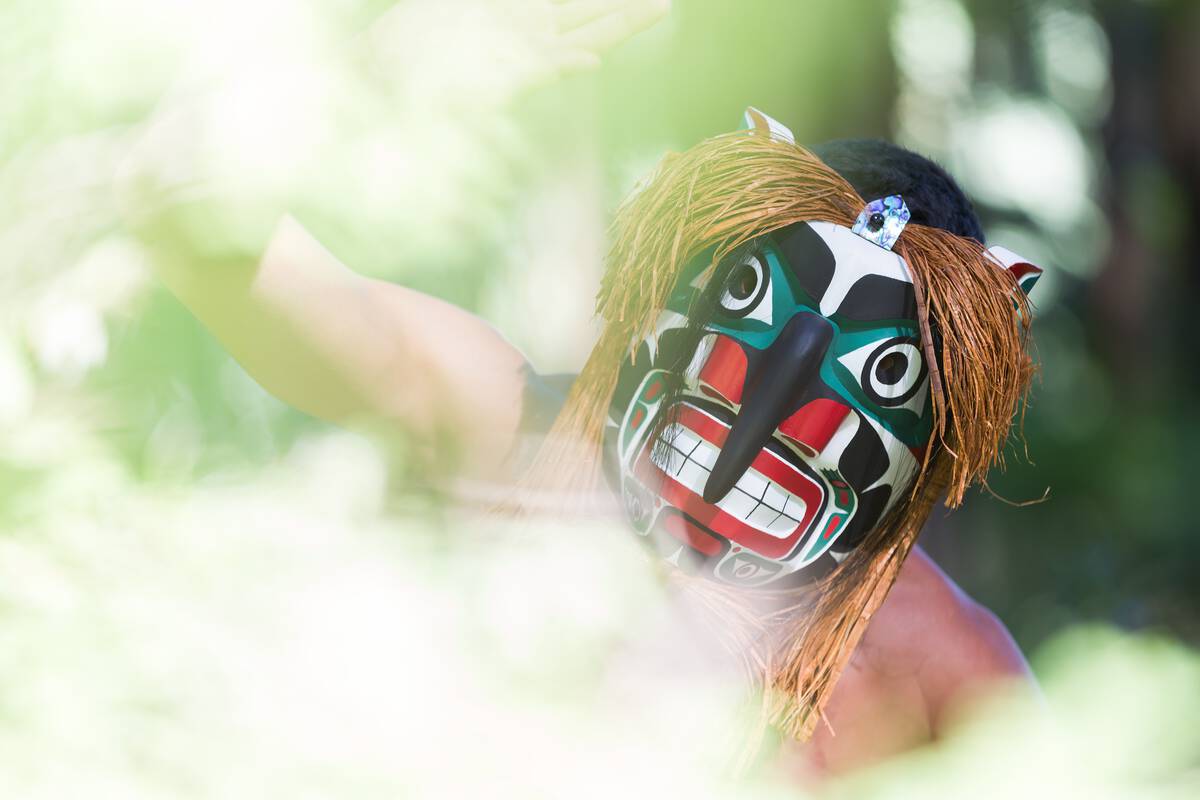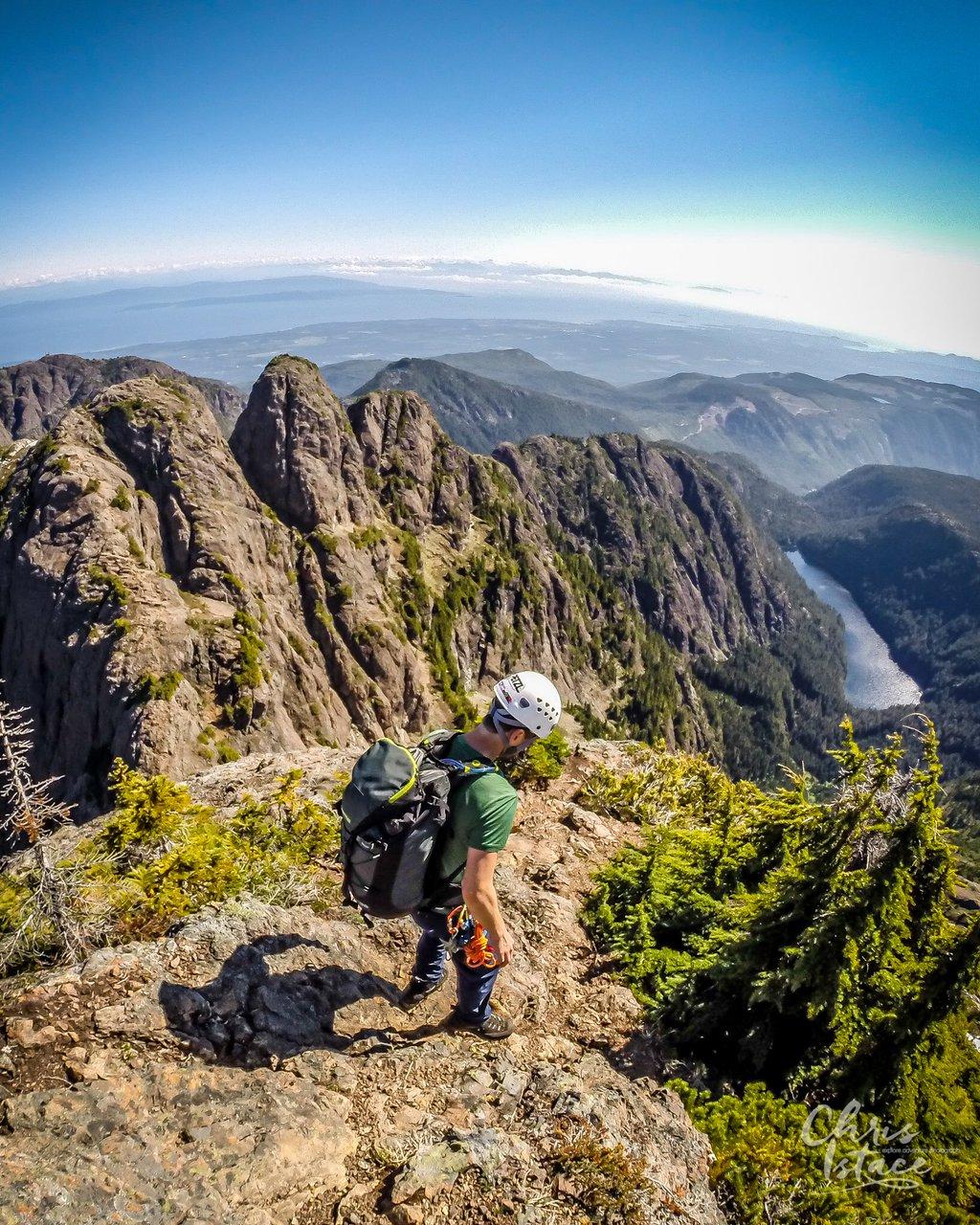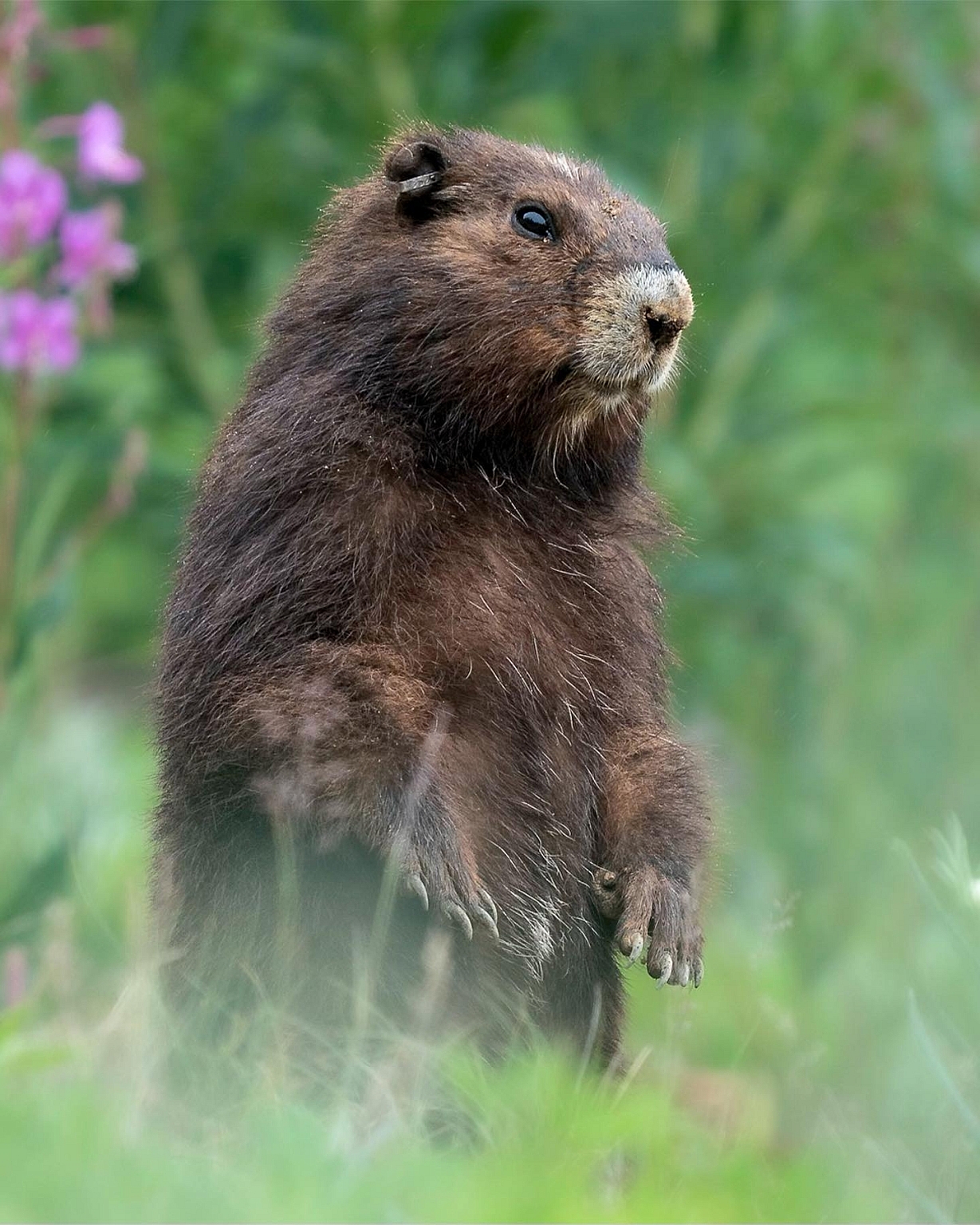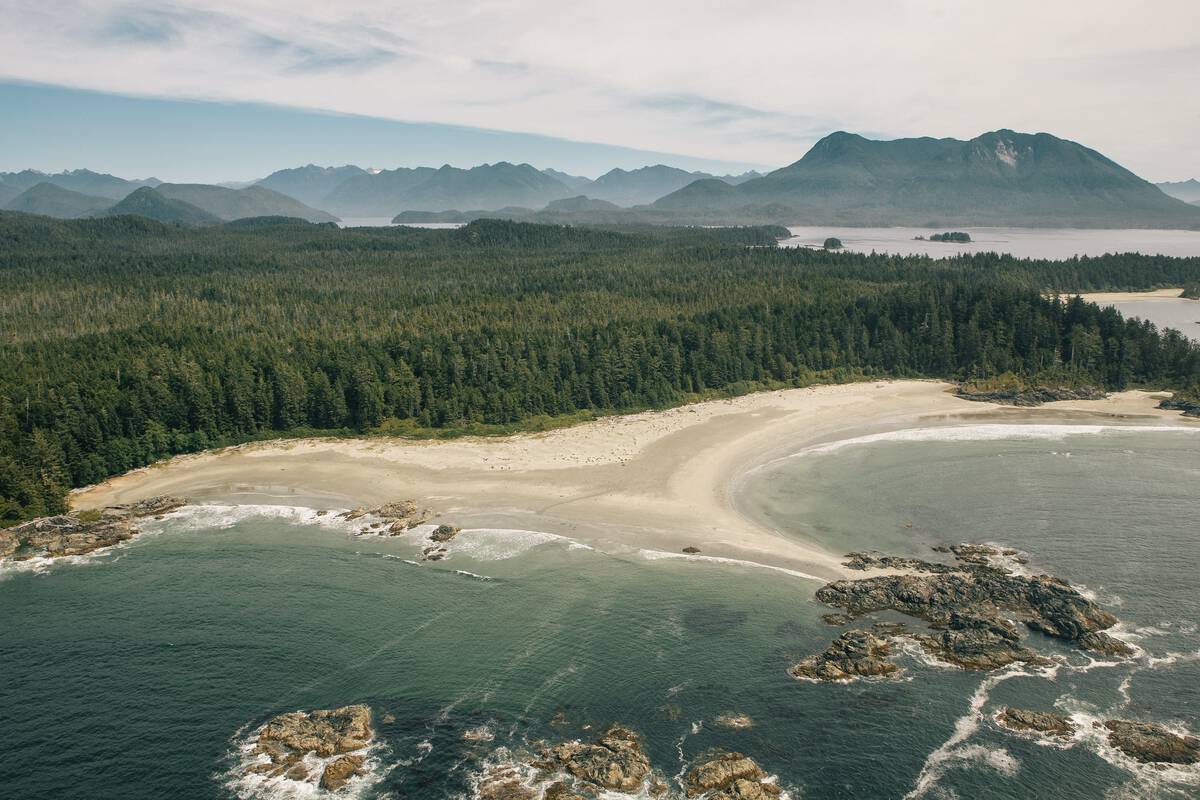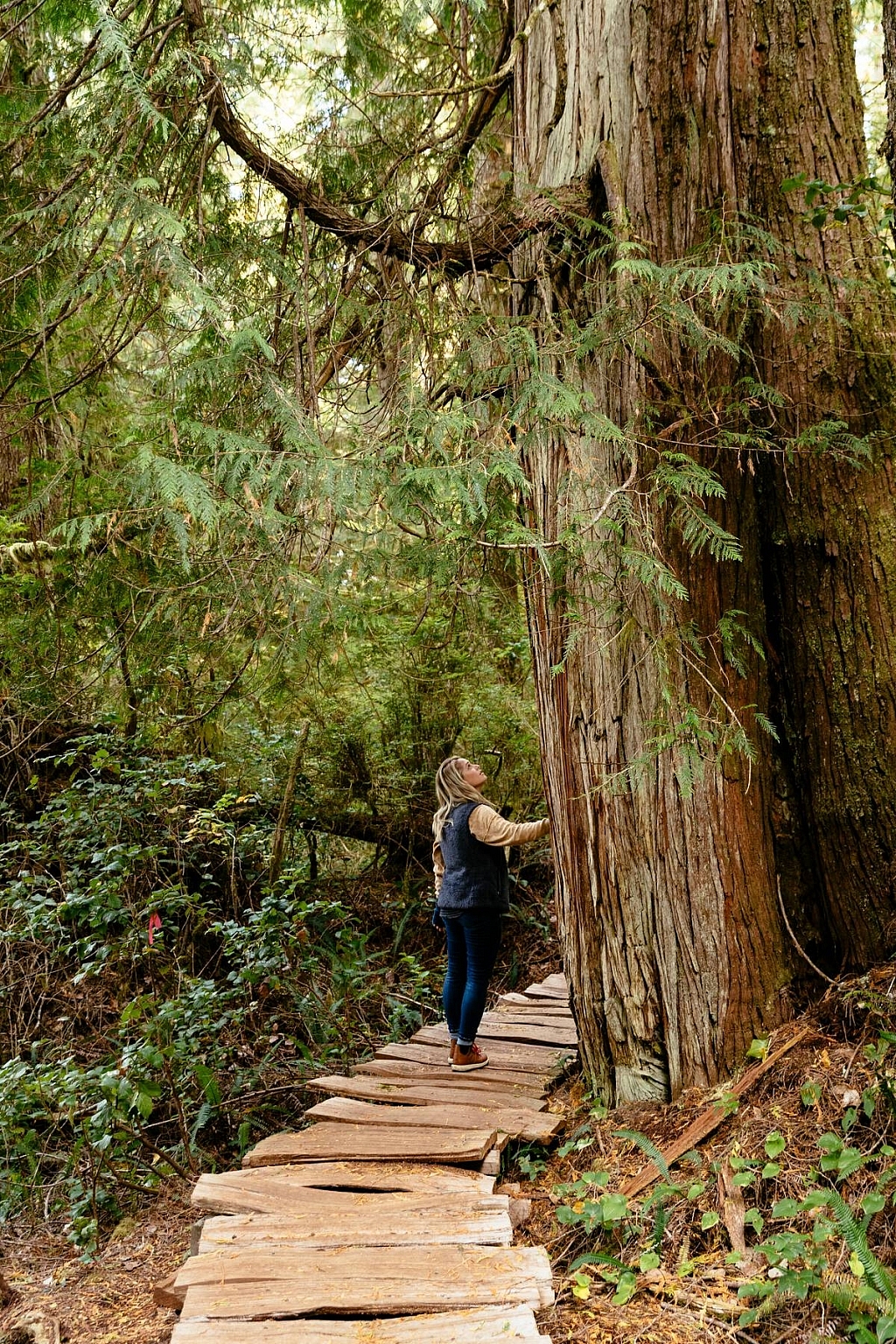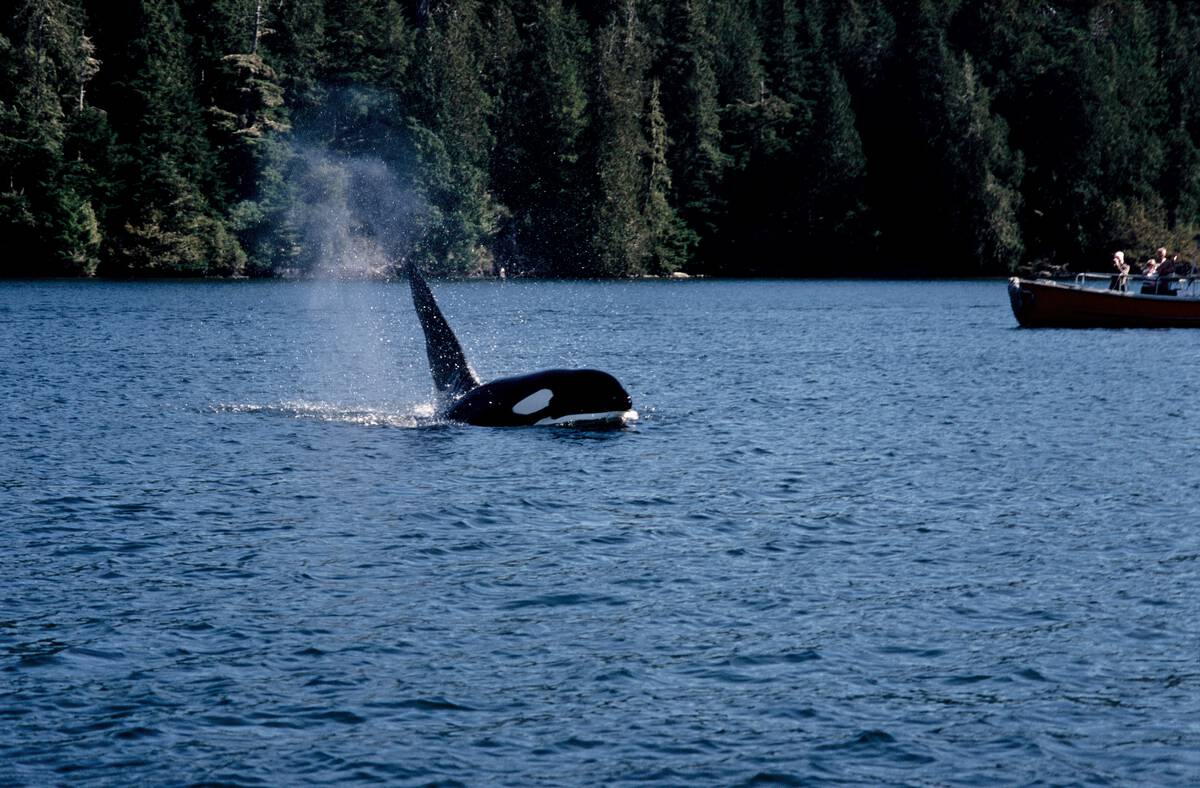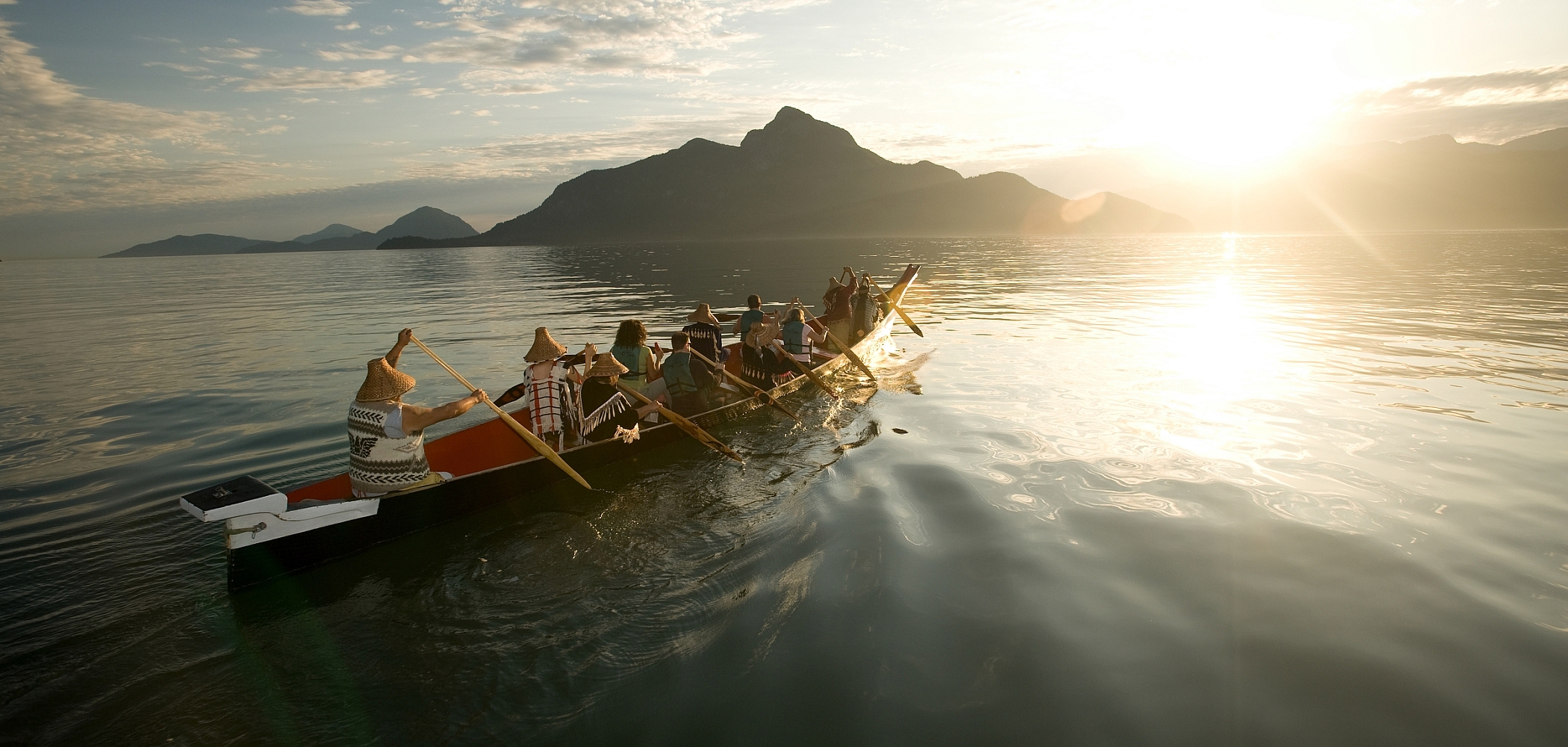
British Columbia is a place of wonder. Fringed by the Pacific Ocean, and abundant with vibrant forests and colossal peaks, this rugged naturescape is habitat to a constellation of living beings: plants, animals, humans, fungi, and even microorganisms—all surviving and thriving in a delicate balance.
While the magic and splendour of nature is laid bare in many awe-inspiring pockets of BC, there are three places so unique that they have garnered international acclaim. The province is home to three UNESCO Biosphere Regions: Two on Vancouver Island and one on the mainland in the Sea-to-Sky Corridor. In these places of hope, communities are striving for a sustainable future; one where humans and nature can coexist.
Learn about each BC Biosphere Region as you journey through the south coast of BC.
What is a UNESCO Biosphere Region?
The prestigious international designation by United Nations Educational, Scientific and Cultural Organization (UNESCO) recognizes areas of ecological significance across the globe. As of 2023, there were 19 Biosphere Regions across Canada and nearly 750 internationally, with more locations receiving designations annually.
The regions are all grounded by the idea of connecting people with nature, and inspiring visitors and residents to learn about the intersection of culture, biodiversity, ecology, and conservation. Biospheres bring many groups together to create a common vision for their region, combining western science with traditional Indigenous knowledge to build a path forward, together.
1. Átl’ḵa7tsem/Howe Sound
Audio Player
Listen to a Átl’ḵa7tsem/Howe Sound soundscape as you read.
Located on the mainland of BC, this region is known for its beauty and drama. Here, a turquoise ocean fjord clashes with the towering Coast Mountains, creating distinct geography carved by the last Ice Age. Skwxwú7mesh Úxwumixw (Squamish Nation) have lived on this territory since time immemorial and are key in shaping the vision for the region. Their culture, art, traditional knowledge, and stewardship are deeply interconnected with the community and natural environment. In fact, Átl’ḵa7tsem (pronounced At-KATsum) is a Skwxwú7mesh word that translates to “paddling up the sound.”
Also known as Howe Sound, this region is home to volcanoes, ancient glass sponge reefs, and more than 700 unique species. It’s also home to one of the world’s largest congregation of eagles, as well as rockfish and mountain goats, species that are threatened or endangered.
Aerial views of Howe Sound, Blake Jorgenson | Diving the ancient glass sponge reefs in Howe Sound, Adam Taylor | Mountain goat, Steve Quane/Fire & Ice Geopark
Designated by UNESCO in 2021, Átl’ḵa7tsem/Howe Sound UNESCO Biosphere Region covers a 218,723-hectare swath of land and sea encompassing the entire Howe Sound watershed. Its boundaries begin near Point Atkinson (Sḵ’íw̓itsut) in West Vancouver, run north to Black Tusk (T’eḵt’aḵmúy̓in tl’a In7iny̓áx̱a7en) near Whistler, and extend as far west as Gower Point (located near Ch’ḵw’elhp) on the Sunshine Coast.
The area known as the Sea-to-Sky Corridor has become a year-round adventure paradise in more recent history, with an abundance of skiing, paddling, mountain biking, and hiking on offer. As much as it is known for its recreational activities, the Biosphere is also a hub for scientific study, conservation efforts, and youth camps.
Follow the Howe Sound Biosphere Region Initiative Society on Facebook and Instagram for the latest news.
2. Mount Arrowsmith
Audio Player
Listen to a Mount Arrowsmith soundscape as you read.
Spectacular Mt. Arrowsmith UNESCO Biosphere Region (MABR) is set against a stunning coastal backdrop that begins in the depths of the moody Salish Sea and ends at the summit of soaring Vancouver Island mountains. The area, which encompasses five watersheds and 120,000 hectares, is home to an endangered Vancouver Island marmot population and coastal Douglas-fir ecosystem, among a plethora of other species.
MABR is located within Parksville and Qualicum Beach on the traditional territories of seven Indigenous communities: Qualicum First Nation, Snaw’naw’as Mustimuxw (Nanoose First Nation), Snuneymuxw First Nation, K’ómoks First Nation, c̓išaaʔatḥ (Tseshaht First Nation), Hupačasath First Nation, and Ditidaht People. The namesake Mt. Arrowsmith, the tallest peak on southern Vancouver Island at 2,100 m, has three different Indigenous place names, including kał-ka-č’ałḥ (Kuth-Kah-Chulth), which loosely translates to “jagged face.”
Indigenous mask, Boomer Jerritt | Mount Arrowsmith, Chris Istace | Endangered Vancouver Island Marmot, @ryantidman
MABR received its designation in 2000 alongside Clayoquot Sound Biosphere Region, and continues to grow into a destination of its own. Visiting the Biosphere includes low-tide excursions on the area’s many beaches, geo-caching adventures, and citizen science volunteer opportunities like marine debris surveying and the annual BioBlitz biodiversity count. The Heritage Forest, among the locals’ favourite “Amazing Places” in this region, is a community-led protected area that houses barred owls, 500-year-old trees, and a number of endangered and rare species.
Follow MABR on Facebook and Instagram to stay up to date on their activities and events.
3. Clayoquot Sound
Audio Player
Listen to a Clayoquot soundscape as you read.
Over on the rugged west coast of Vancouver Island, the Clayoquot Sound UNESCO Biosphere Region is a captivating destination that is rich in cultural and natural diversity. The vast coastline is fringed by some of the largest tracts of intact old-growth coastal temperate rainforest in North America, and is dotted by islands and inlets. Within these raw and wild landscapes lies a range of ecosystems for life to thrive.
Located near beloved surf havens of Tofino and Ucluelet, the Biosphere is located on the territories of five Nuu-chah-nulth Nations: hiškʷiiʔatḥ (Hesquiaht First Nation), ʕaaḥuusʔatḥ (Ahousaht), ƛaʔuukʷiʔatḥ (Tla-o-qui-aht First Nations), Yuułuʔiłʔatḥ (Ucluelet First Nation), and tukʷaaʔatḥ (Toquaht Nation). Engaging with the community and participating in Indigenous experiences provides a unique opportunity to learn about traditional practices and the importance of environmental stewardship.
Aerial of Clayoquot Sound coastline, Graeme Owsianski | Big Tree Trail on Meares Island Tribal Park, Jeremy Koreski | Orcas near Tofino, Adrian Dorst
Spreading out across 258,000 hectares, this region is home to 31 marine mammal species and 120 marine bird species, as well as black bears, wolves, and cougars. Several at-risk species call the region home, including the Marbled Murrelet and Western Red-Legged Frog.
Visitors and locals alike can participate in nature-based education initiatives within the Biosphere through their West Coast N.E.S.T. program. One of their signature annual events includes the West Coast Fibre Art Retreat, which features workshops on weaving, knitting, and working with natural fibres.
Join the conversation with the Clayoquot Biosphere Trust on Facebook and Instagram.
Start Planning Your BC Experience
Getting Here & Around
Visitors to British Columbia can arrive by air, road, rail, or ferry.
Visit TodayAccommodations
Five-star hotels, quaint B&Bs, rustic campgrounds, and everything in between.
Rest Your Head
Subscribe to our newsletter



